 spieth12@spiethstorage.com
spieth12@spiethstorage.com +86 18006010205
+86 18006010205
-
Time:8/27/2025
-
Time:8/26/2025
-
Time:8/25/2025
-
Time:8/21/2025
-
Time:8/19/2025
-
 Tel : +86 18006010205
Tel : +86 18006010205
-
 E-mail : spieth12@spiethstorage.com
E-mail : spieth12@spiethstorage.com
-
 Address : Tongan Park, Tongan District, Xiamen, China 361023
Address : Tongan Park, Tongan District, Xiamen, China 361023
Introduction of three common types of industrial racks
 Time:3/18/2022
Time:3/18/2022 1525
1525Shuttle racks are what?
Shuttle racks are a type of compact, semi-automatic warehouse storage solution, usually used in combination with pallet racking to load and unload goods via automated guided vehicles (AGVs). The AGVs are remotely controlled by the operator storing or retrieving the inventory. The items on them can be transferred from the deepest part of the shuttle system to the ends of the rack, where a forklift will then pick them up. This is why a shuttle rack is a semi-automated system.
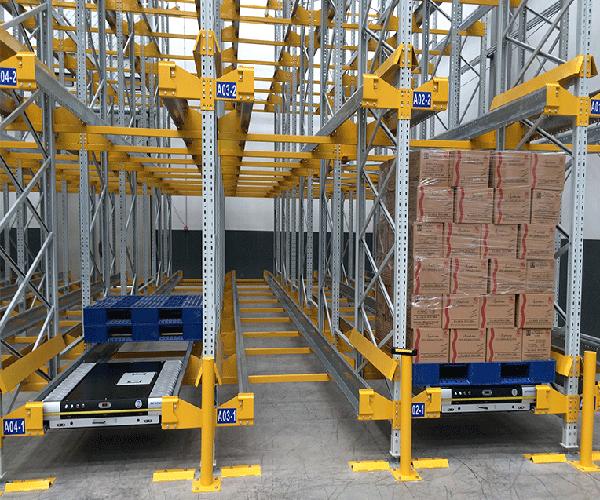
Advantages of shuttle racks
Flexibility
Shuttle systems can be designed for FIFO inventory management or LIFO inventory management, depending on where you prefer to install the system.Saving human resources
AGVs can move goods repeatedly to save operating time and increase productivity of the shuttle system.Maximum storage space
Aisles can be built closer together, and horizontal and vertical extensions can maximize storage space and optimize warehouse operations.Improved safety
Because AGVs will shuttle between systems to pick up or store pallets, warehouse staff do not need to pass through racks, reducing the risk of dropped goods or collapsed racks.Extended racking specifications
Shuttle systems can be extended horizontally and vertically to increase the depth of the racking and height of the racking structure, and to eliminate aisles.Shortcomings of shuttle racks
High maintenance costs
Automated equipment will require regular operation and maintenance by specialized personnel. AGVs operate on rails in the rack aisles. Therefore, failure of AGVs may affect work schedules and cause losses.High cost of AGVs
Requires upfront investment costs as transport of items depends on remote control.Not suitable for single-piece picking operations
Single-piece picking is not allowed in shuttle systems because the goods move on pallets.What is a drive-in rack?
Drive-in racks are high-density pallet racking systems operated by forklifts. By eliminating aisles, its storage capacity is 80% higher than selective racking systems.
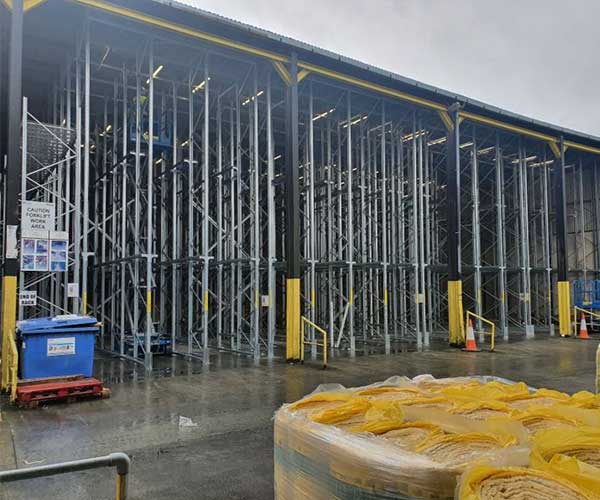
Advantages of drive-in racks
Suitable for a large number of identical SKUs
LIFO (last-in, first-out) inventory system makes drive-in racks suitable for large quantities of identical and similar productsHeight customizable
Drive-in racks can be adjusted in height, width and depth to fit warehouse space or specific requirements.Cons of drive-in racks
Poor stability
Drive-in racks are the most unstable racking system. The upright column is the main support.High risk of damage
The uprights are exposed to the risk of forklift collisions because forklifts need to pass through the uprights to enter the system.Last-in, first-out inventory system
In a drive-in pallet system, the first input will be the last output. Old items will not be used until the new items in front are moved out.Small SKU range
LIFO will limit the types of goods stored in the vehicle system, such as food, beverage, cigarette and frozen products or low stock rotation products, or some fast moving seasonal items.High rack costs
Several attachments are required to increase and ensure stability.Medium width aisle required for handling
Reduced utilization due to aisle width depending on the size of the forklift used in the drive-in racksWhat is selective racking?
Selective racking is the most commonly used warehouse racking system. It allows warehouse operators to select and retrieve any pallet load from the system without having to move other pallets. This is why racks are called "selective". It has the lowest storage capacity, but at the lowest cost.
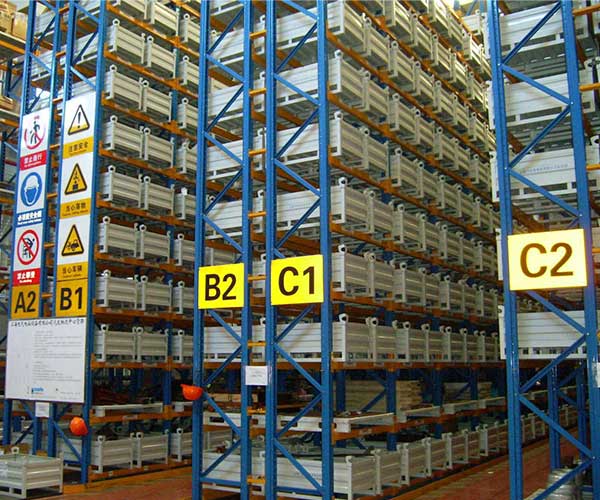
Advantages of selective racks
High range of SKUs
The system can store different types of goods of various sizes and specifications and change to accommodate different sizes and specifications.
Suitable for FIFO or LIFO
Selective racking systems have no restrictions on inventory systems and optimal placement depends on the warehouse layout. Contact and Spieth Shelving for professional advice.
Easy to move
Warehouse operators and forklifts can reach any item directly.
Easy to assemble and disassemble
The system can be easily adjusted or moved to meet storage needs.Disadvantages of selective racking
Low space utilization
Aisles must remain between selective racks. As a result, storage capacity is reduced.High cost of high-capacity storage
Selective systems take up a lot of space, making them unsuitable for high-capacity requirements, and they are limited to no more than 10m in height.Which racking system is best for your warehouse?
The type of goods you store
Drive-in racking and shuttle systems are less suitable for single-piece picking, while selective racking offers fast retrieval. Therefore, the latter is a good choice for storing a smaller number of high range SKUs.For goods with high throughput rates, shuttle racks with AGVs can increase the flow of goods in and out of the warehouse. Unlike drive-in systems, items in shuttle systems can be grouped by aisle without the need for full lanes, allowing for storage of a wide range of SKUs.
Your existing forklift equipment
The size of the forklift may affect the aisles of selective and drive-in racking, shuttle systems do not need to account for it by using AGVs.The capabilities of your forklift drivers
Selective racks and drive-in racks require the risk of forklift collisions, which is not an issue for shuttle systems.Storage system budget
Your budget calculated based on the size of your warehouse. Due to their affordable price and conventional style, selective racks are among the most common systems. In contrast, high-density storage is probably the biggest advantage, but costs a little more than selective racks. However, a shuttle system is undoubtedly the most efficient storage solution because it can be run semi-automatically, thus reducing the amount of repetitive activity people have to do. It requires expensive investment costs, but with reduced operating costs.Local human resource costs
Obviously, it is a battle between automated equipment and manpower. The cost of local human resources can be taken into account.About Spieth
Spieth is a company that specializes in the design, manufacture, sales and installation of all types of display and storage racking. We help businesses and warehouses maximize their storage capacity so they can serve more customers and ultimately increase profits. Your safety is our top priority, which is why we only use high quality supplies. With over 20 years of experience in the material handling and warehousing industry, we are a leading supplier of shelving in China.Our factory, advanced facilities and professional workmanship ensure further improvements. We have made a wide range of fashionable and high-end shelving for different well-known brand customers. Our products are very popular in Southeast Asia, Australia, Europe, America and Canada. We have received great praise from our foreign customers.
Further Reading:
Long span shelving: designed for warehouses with limited floor space.
Four advantages of push-back pallet racking
How does push back racking work?
Mezzanine - A great way to create extra space in your store
Four of the most common types of dock leveler
-

-
 +86 18006010205
+86 18006010205 -
 +86 18006010205
+86 18006010205
 0
0







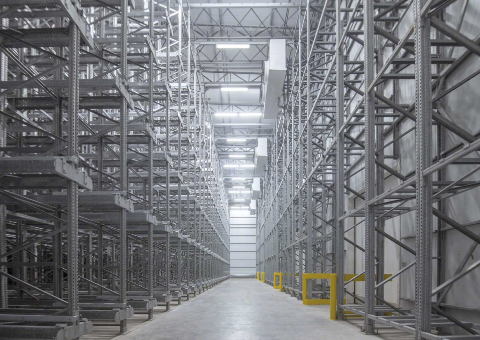
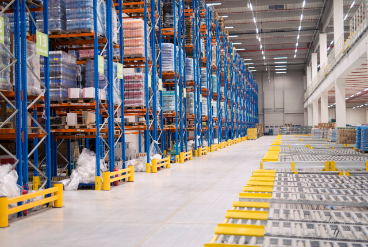
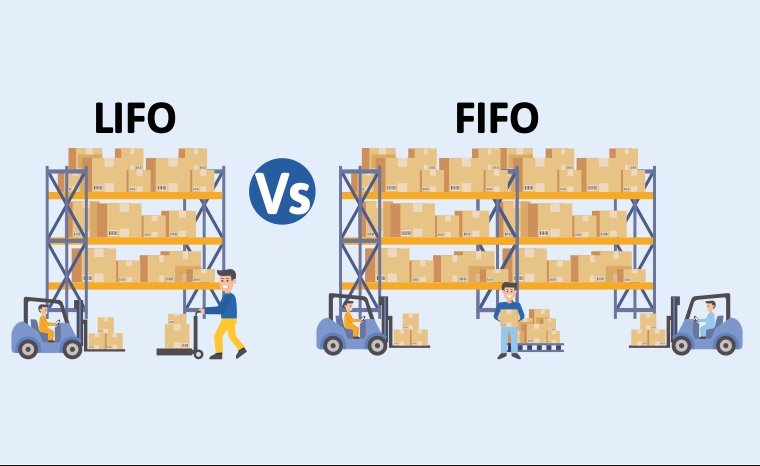

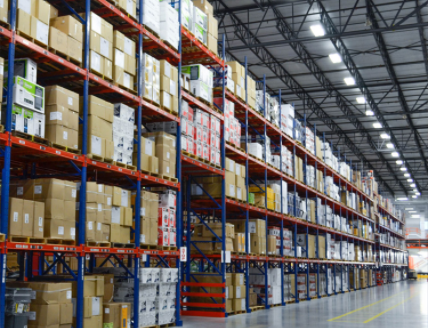






 link:
link:




